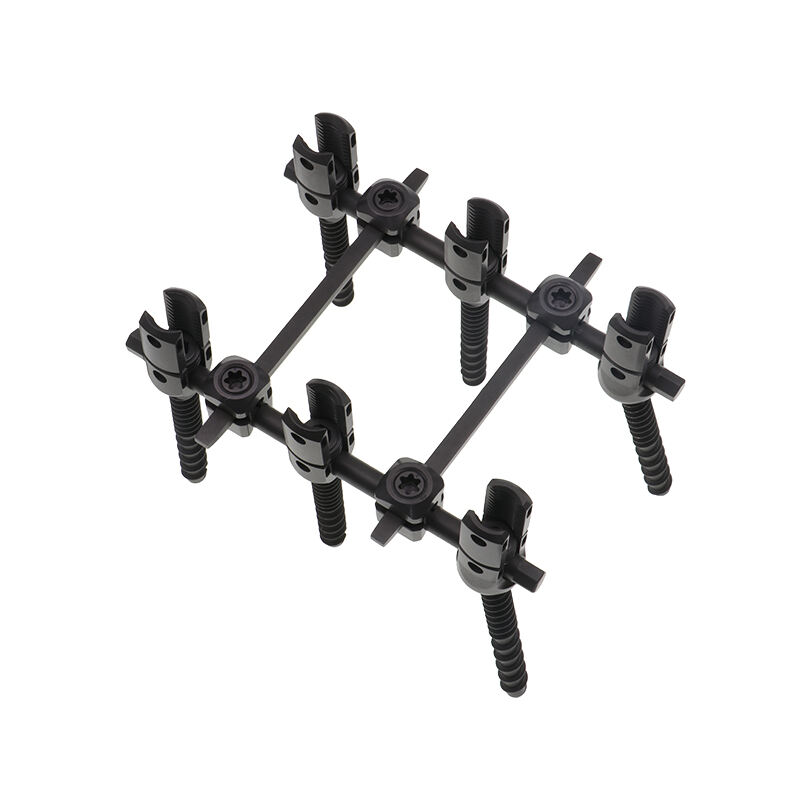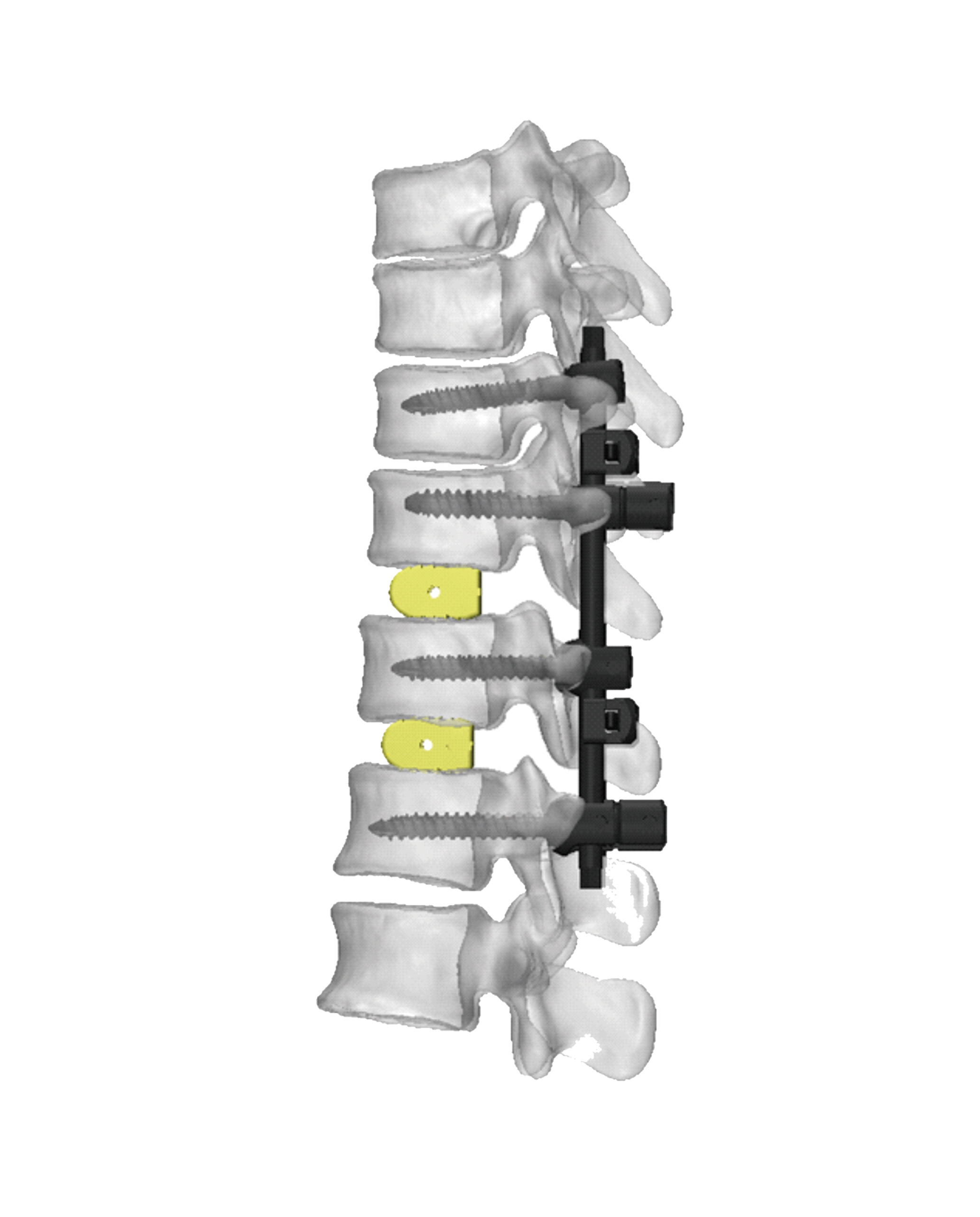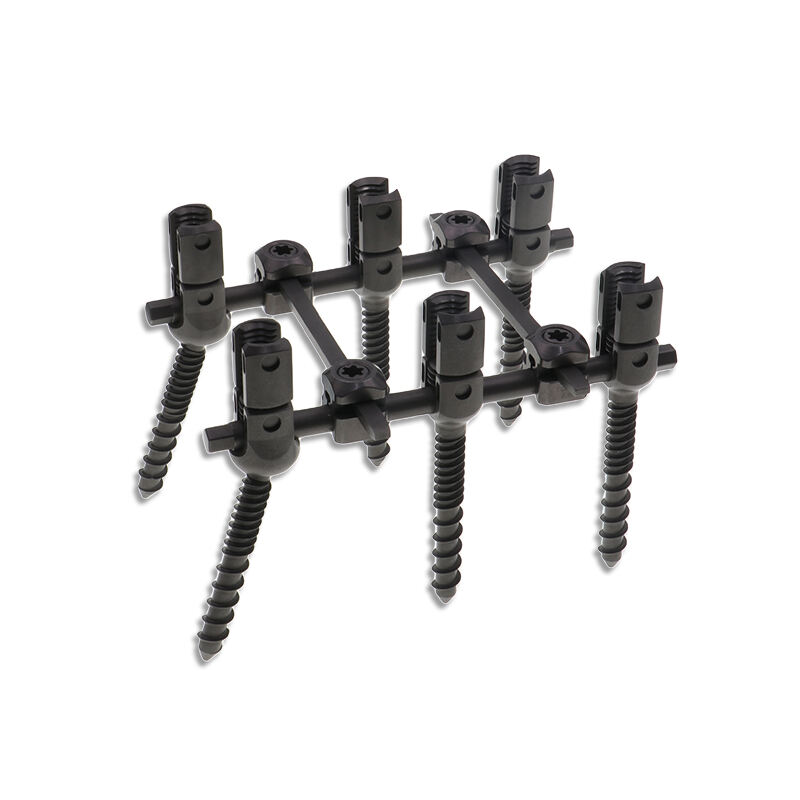intervertebral fusion cage
The intervertebral fusion cage represents a revolutionary advancement in spinal surgery, serving as a critical device for treating various spinal conditions. This medical implant is designed to restore and maintain the space between vertebrae while promoting bone fusion. The cage is typically constructed from biocompatible materials such as titanium, PEEK (polyetheretherketone), or carbon fiber composites, ensuring long-term stability and compatibility with the human body. Its primary function is to provide structural support to the spine while facilitating the natural fusion process between adjacent vertebrae. The device features a hollow center that can be packed with bone graft material, promoting bone growth and fusion. Advanced surface technologies, including specialized coatings and textures, enhance osseointegration capabilities. The cage's design incorporates various shapes and sizes to accommodate different patient anatomies and specific spinal regions. Modern intervertebral fusion cages often include radiolucent properties, allowing for clear post-operative imaging and monitoring of the fusion process. These devices are particularly valuable in treating conditions such as degenerative disc disease, herniated discs, and spinal stenosis, offering a reliable solution for both cervical and lumbar spine applications.


